
A bill banning mental health providers from engaging in sexual orientation change efforts with patients passed the California Senate just weeks after prominent psychiatrist Robert Spitzer, MD, apologized to the gay community for his 2003 study.

A bill banning mental health providers from engaging in sexual orientation change efforts with patients passed the California Senate just weeks after prominent psychiatrist Robert Spitzer, MD, apologized to the gay community for his 2003 study.
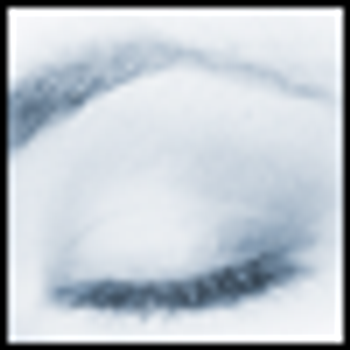
Sleep-disordered breathing is common in patients with mood and anxiety disorders. This article explores the implication for practicing psychiatrists whose patients have sleep disorders.

Propranolol therapy at a relatively low dose can cause anger and rage behaviors to subside in some patients. This case describes a man with Down syndrome who, after an accident, sustained minor brain trauma. Subsequently, he regressed to a rage state he had experienced when he was younger.

The California Supreme Court’s decision in the Tarasoff case over 30 years ago has become a standard part of mental health practice. This case influenced the legal requirements governing therapists’ duty to protect third parties in nearly every state in the US.
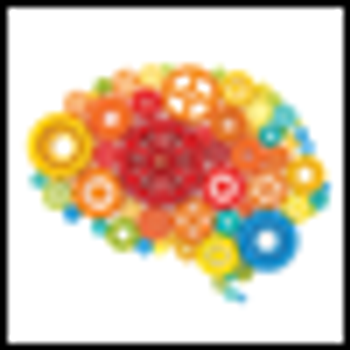
Evidence suggests that cannabis is associated with an increased risk of psychosis when it is used frequently. Marijuana doesn't count, does it?

Retirement requires psychological preparation. The planning and anticipation in itself can sometimes bring even more happiness.

Historical records reveal Don Juan syndrome was a recognized diagnosis that referred to forms of hypersexuality and sex addiction.
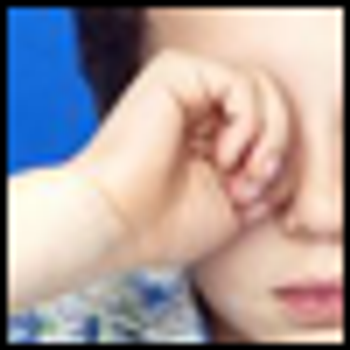
Sleep changes associated with psychotropic drugs are common enough to justify routinely obtaining a baseline sleep diary before beginning treatment, even when the initial screening for sleep disorders indicates that no further investigation is needed.

Bath salts and herbal incense-synthetic legal intoxicating drugs (so-called SLIDs)-have potentially serious adverse effects-including acute psychosis, delirium, violent behavior, seizures, and cardiovascular emergencies.

Kerry J. Sulkowicz, MD, is one of the most sought after psychoanalysts in the world, but he does not see patients. As founder of the Boswell Group, he consults leading global companies.

Data from neurobehavioral studies, brain imaging studies, epidemiological surveys, and clinical trials show that pathological gambling shares aspects of both impulsivity and compulsivity.

A study of veterans at risk for suicide showed that single attempters did not differ from multiple attempters on any variable except a history of childhood physical abuse.

Neural underpinnings and symptom presentation in borderline personality disorder might explain similarities and differences in this symptom domain across the spectrum of personality disorders as well as in other disorders associated with impulsive symptoms.

An increasing number of patients are being brought to the emergency room because of bath salts and/or herbal incense toxicity.

It is important for the inpatient psychiatrist to understand the perspective of the newly admitted patient. Many patients will find the experience depersonalizing, threatening, and socially alienating and may perceive it as a personal failure.
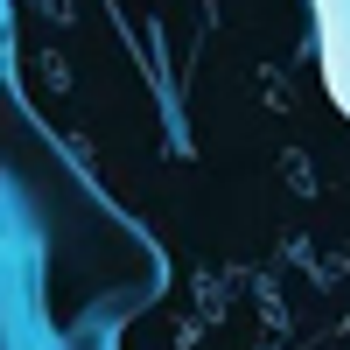
Down through the decades, psychotherapy and psychoanalysis have been portrayed in many Hollywood films and in television sitcoms but not with the suggestion that they are dangerous methods.

New data show that patients with unipolar, non-psychotic major depressive disorder (MDD) receiving transcranial magnetic stimulation (TMS) achieved significant improvements in both depression symptoms and in quality of life measurements.

Despite its occurrence in up to 3.4% of adults, hair–pulling disorder or trichotillomania (TTM) is often under-diagnosed and inappropriately treated, according to a panel of experts presenting at the recent APA meeting.

While regulatory controls on methadone clinics for opioid dependence resulted in treatment being physically and functionally isolated from conventional medical care, the delivery of an office-based treatment of buprenorphine and the buprenorphine/naloxone combination product over the last decade has facilitated the return of treatment to “mainstream medicine both for psychiatry and primary care."

With the fast growth of knowledge, the challenge to keep up with the ever-growing body of information is greater than ever.
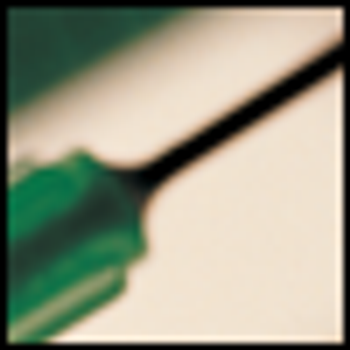
Ongoing shortages of several psychotropic medications have wreaked havoc among patients and their families, caused frustration and reluctant prescription switches among physicians, and prompted investigations by Congress.

Dr Michael Thase touches on an APA presentation about newer applications of cognitive therapy for disorders such as schizophrenia and bipolar disorder.
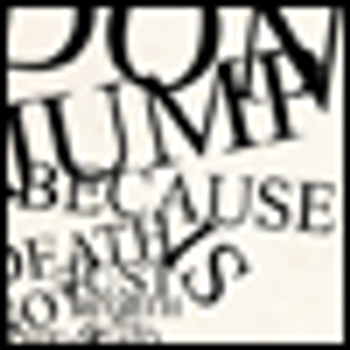
Staying empathic and keeping the conflict within the patient instead of between the patient and health care provider, is a key to successful management.

Sybil Exposed makes the case that the 1973 book Sybil misrepresents the facts of Shirley Mason’s life, diagnosis, and treatment. It also points to concerns that extend beyond a single case, to the diagnostic concept of multiple personalities. Still, perhaps the books suggests the need for a more systematic look at not just the case of Sybil, but also the diagnosis of dissociative identity disorder (DID).

I can just sense the uproar now. Dr. Moffic wants state hospitals again? Has he lost it? Well, yes. I do, sort of. Here’s why.